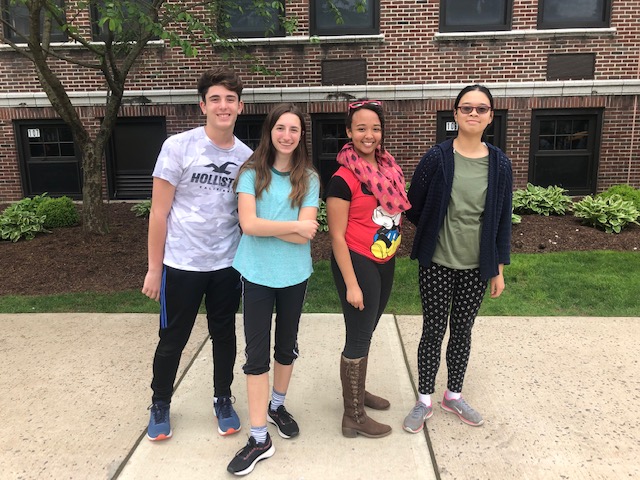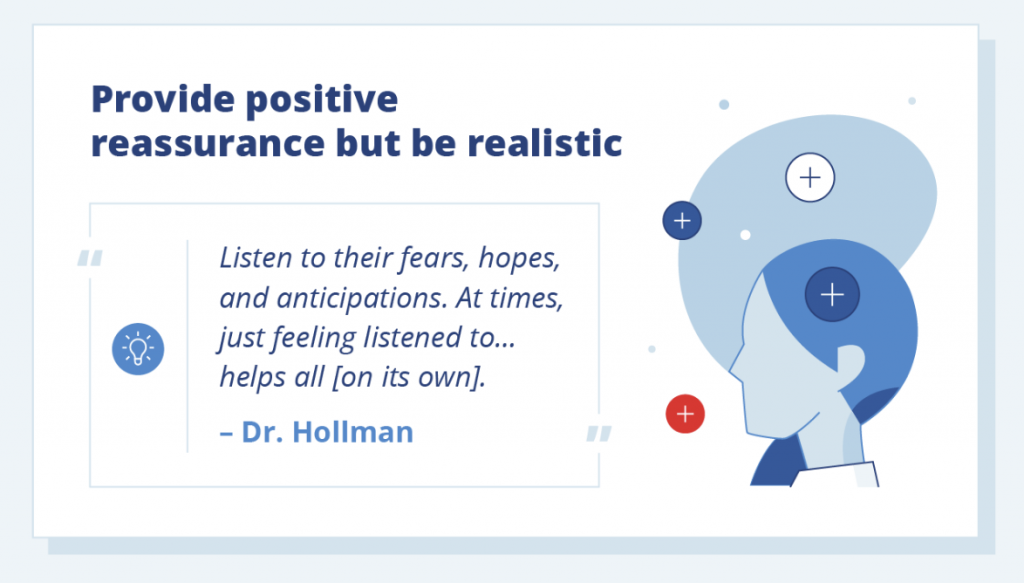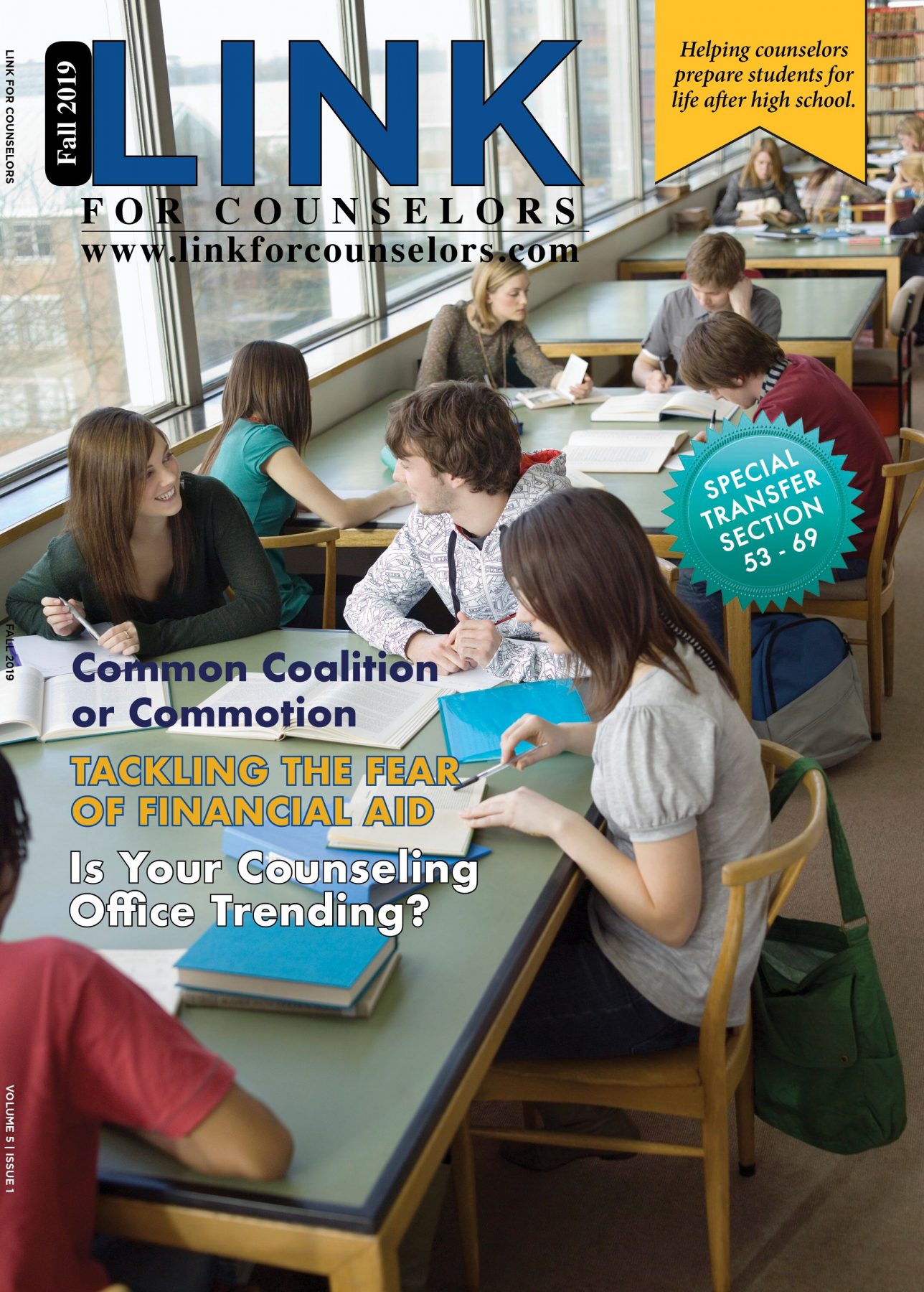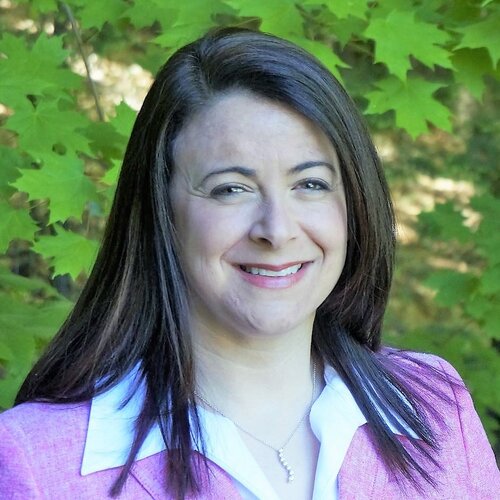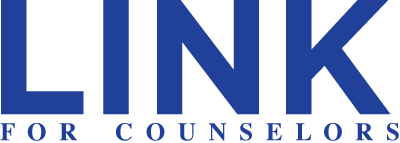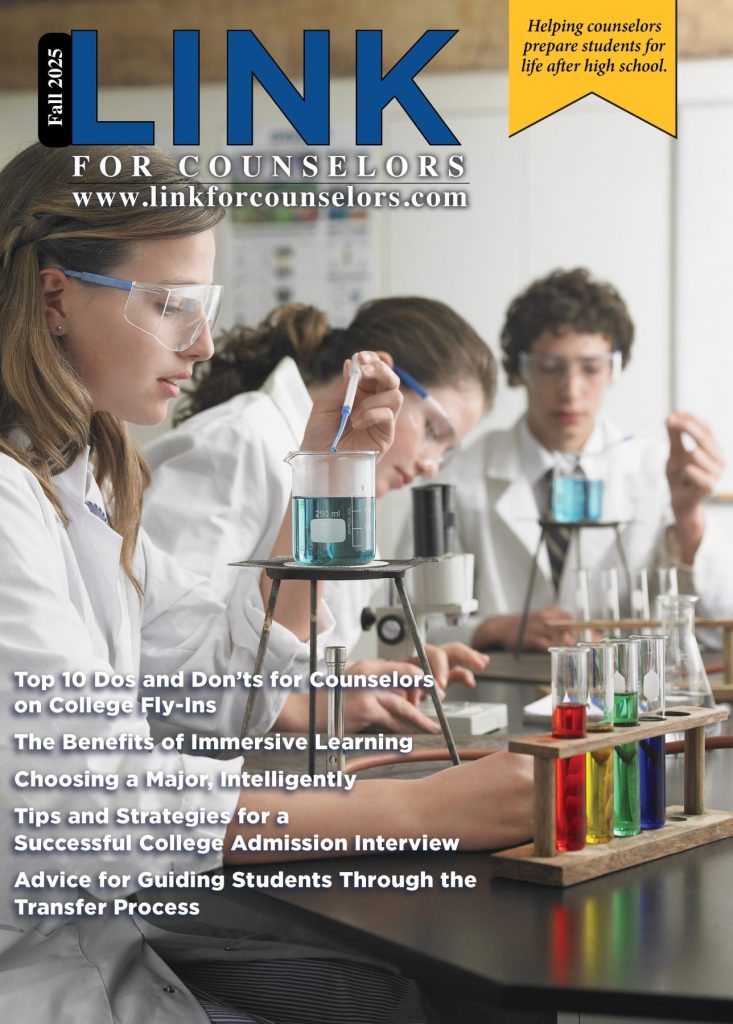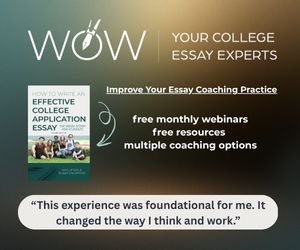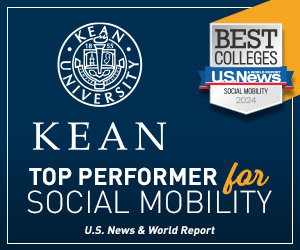Financial Aid & Scholarship Guide you can share with your students
Earning a degree takes a significant financial investment. At most schools, full-time and part-time students enjoy eligibility for federal student financial aid as long as they attend an accredited educational institution. Many schools offer merit-based and need-based scholarships, including accounting scholarships for undergraduates and scholarships for those seeking a master’s degree in accounting. Schools offer flexible payment plans and reduced tuition rates for military students and their families.
Prospective students should also consider the cost of books, special equipment, learning resources, and materials. Students who travel to and from a brick-and-mortar building for classes must also calculate costs for gas, tolls, and parking. Accounting.com has put together this comprehensive guide on financial aid and scholarships. While they have written it specifically for accounting students the information contained in it is applicable to all your students that plan to pursue a college education.
Free Application for Federal Student Aid (FAFSA) for Accounting Students
By providing more than $120 billion in loans, grants, and work-study funds, federal student aid helps more than 13 million students pay for educational expenses each year.
Students should apply for federal financial aid using the Free Application for Federal Student Aid (FAFSA). Applicants must seek out admission to a degree- or certificate-seeking program and cannot default on a current loan or owe a refund. Applicants must hold a high school diploma or GED and boast a clean criminal record. Non-active duty, male applicants must register with the Selective Service System.
To complete the FAFSA, applicants need to submit their social security number or alien registration number and all records of money earned, including federal income tax returns and W-2s; they also need to submit bank statements and investment records. Dependent students will need this information from their parents as well.
Using Savings to Pay for Your Accounting Degree
Personal and Family Savings
Sponsored by a state or state agency, a 529 college savings plan serves as a flexible, tax advantage investment account. Designed to help taxpayers pay for college expenses, 529 plans help with education-related expenses such as tuition and books at accredited colleges and universities. Parents, grandparents, or other relatives often open up a 529 account for young children with the goal of contributing to their education. Any U.S. resident 18 years of age or older with a social security number or tax ID can open up a 529 account. Owners of this type of account can typically withdraw the funds at any time for any reason. The government issues the funds tax free. Keep in mind that 529 college savings plans only apply to states with income tax.
Retirement Savings
Parents can use funds from their retirement savings to pay for school. Traditional IRA or Roth IRA distributions for qualified higher education expenses are penalty free for adults aged 59 and younger — so long as the money goes to a child, grandchild, spouse, or parent enrolled at least half time. Adults aged 59½ or older whose Roth IRA meets a 5-year aging requirement can receive a tax-free distribution. However, early withdrawals are subject to tax liability. When calculating financial aid packages, educational institutions may treat the IRA distribution as income, which may reduce the total amount of financial aid. Loans borrowed against the value of a retirement plan may not be subject to the 10% early withdrawal penalty or taxed as ordinary income, but they must be paid back with interest within five years, possibly sooner in the event of changing jobs. Some people choose to use retirement savings to cover college expenses; however, many financial advisors suggest doing so as a last resort given that it could lead to negative financial consequences.
Free Money for Your Accounting Program
Scholarships
Scholarships serve as a great method for financing an education. Students typically receive scholarships on a merit or need basis. Several institutions, such as government agencies, nonprofit organizations, and private foundations may award accounting scholarships. Some schools set aside a certain amount of money for scholarships to help students pay for tuition. Other schools offer scholarships based on donor funding.
High SAT or ACT scores, class rank, GPA, and leadership skills count as some of the reasons students receive merit-based scholarships. Other scholarships cater specifically to underrepresented populations, children of alumni, or students majoring in a specific field — such as scholarships for accounting majors.
When students fill out the FAFSA, they automatically apply for scholarships. Students typically need to re-apply each year. Application deadlines and requirements vary by scholarship. Depending on the scholarships, either the student or the institution will receive the funds.
What Scholarships Are Available for Accounting Majors?
AICPA Scholarship Award for Minority Accounting Students
Who Can Apply: The American Institute of Certified Public Accountants provides financial assistance to outstanding accounting undergraduate or graduate students from minority populations, including Black or African American, Hispanic or Latino, Native American, Pacific Islander, or Asian American. Applicants must maintain a minimum 3.0 GPA.
Amount: $3,000 to $5,000
Business Advisors’ Striving for Greatness Accounting & Finance Scholarship
Who Can Apply: PM Business Advisors awards scholarships to accounting majors with strong academic records. Students need a cumulative GPA of 3.0 and must demonstrate active involvement within their community. Applicants must also submit a short essay.
Amount: $2,500
Government Finance Officers Association Scholarships
Who Can Apply: Government Finance Officers Association offers several annual accounting scholarships to students pursuing finance careers in state and local government. Academic record, work experience, and future career plans serve as the criteria for who receives awards. Applicants must submit a letter of recommendation.
Amount: $5,000 to $15,000
EFWA Scholarships
Who Can Apply: The Educational Foundation for Women in Accounting partners with the Institute of Management Accountants to sponsor three scholarships for accounting majors each year. Undergraduate, graduate, and postgraduate women pursuing accounting degrees qualify, with preference given to those with financial need.
Amount: $1,000 to $4,000
Grants
Similar to scholarships, students receive grants to help pay for educational expenses. More often than not, students do not need to repay grants except in specific circumstances, such as a student withdrawing from school. The main difference between scholarships and grants lies in the fact students receive grants based on financial need rather than academic standing. Students may receive grant funds on a limited or first-come-first-serve basis. The U.S. Department of Education offers the Federal Pell Grant, the largest federally funded grant, to students who enroll on at least a half-time basis. State governments, private foundations, organizations, and corporations also award grants.
When students submit the FAFSA to apply for federal financial aid, they automatically apply for grants. Private grants each list their own set of deadlines and requirements. For example, some grants cater to specific populations, such as doctoral candidates pursuing research or those who work in specialized industries such as accounting or financial management.
Fellowships and Assistantships
Fellowships and assistantships serve as another way to help finance an education. Students receive these awards based on academic merit and available funding. Graduate assistantships typically go to students with research and teaching interests. Assistantships vary in responsibility and compensation, which sometimes includes tuition remission. Generally, the government will tax money earned from an assistantship.
Known for rigorous and intensive trainings, fellowships are short-term professional development opportunities for graduate students. Fellows receive small stipends to cover basic living expenses. Some fellows receive healthcare coverage and loan repayment assistance. Students receive fellowships based on merit and leadership qualities as part of a financial aid package. Application deadlines and requirements vary depending on the fellowship; however, applications tend to include letters of recommendation, writing samples, and an interview.
Federal Student Aid Programs
Authorized under Title IV of the Higher Education Act of 1965, federal student aid goes to education-related expenses. Federal aid programs consist of loans, grants, and work-study funds. In the case of loans, students must pay the funds back to the lenders; they do not, however, need to pay back grants. Work-study programs allow students to earn money by working part-time jobs.
To apply, students must complete the FAFSA. Students can fill out the form online or print out a copy. Applicants need their social security numbers, driver’s license numbers, or alien registration numbers — and all records of income. Dependents must provide their parent’s information as well. Once submitted, the applicable schools and the state will review the information. Ultimately, each school’s financial aid office determines how much federal aid students can receive.
Federal Direct Loan Programs
The William D. Ford Federal Direct Loan Program is a federal student loan program offered by the U.S. Department of Education. The largest federal loan program for students, the direct loan program consists of four types: direct subsidized stafford loans, direct unsubsidized stafford loans, direct PLUS loans, and direct consolidation loans.
Undergraduate students at colleges, universities, and vocational schools qualify for direct subsidized stafford loans. The amount of money students can borrow varies based on financial need. Students receive a six-month grace period after graduation in which the government pays the interest.
Undergraduate, graduate, and professional students at colleges, universities, or vocational schools may qualify for direct unsubsidized stafford loans. In this case, students do not need to demonstrate financial need to borrow money; however, they must pay interest the whole time. Both subsidized and unsubsidized loans require students to attend at least half time.
Graduate and professional students, or parents of dependent undergraduate students, qualify for Direct PLUS loans. PLUS loans require students to attend school on at least a half-time basis and boast a good credit history. Graduate students benefit from a six-month grace period after graduation before having to repay PLUS loans; however, parent PLUS borrowers must start repayment after loan disbursement.
Direct consolidation loans allow students with outstanding balances to combine multiple federal loans into one single monthly payment plan.
Federal Perkins Loans
Undergraduate, graduate, and professional students who demonstrate exceptional financial need qualify for the Federal Perkins Loan Program. With the Perkins Loan, the school lends money directly to the student to pay for education-related expenses, and the student repays the school or the loan servicer. Schools determine financial need based on the difference between a school’s cost of attendance and a student’s expected family contribution. Students must attend school on a part-time basis to qualify for the Perkins loan. They enjoy a nine-month grace period before they must begin repayment. The repayment grace period for students enrolled on a part-time basis varies depending on each school. Keep in mind that not all schools participate in the Perkins Loan program. Additionally, the availability of funds at a school may affect the amount of money each student can receive. As a result, not all qualified students receive money.
Federal Work-Study Program
Federal work-study programs provide opportunities for undergraduate, graduate, and professional students to earn money by working part-time jobs. Students must demonstrate financial need to qualify. Students may work in areas related to their major course of study. Students can work either on or off campus; however, off-campus jobs must cater to the interest of the public — either in public agencies or private nonprofit organizations. Students may enroll in school on a full-time or part-time basis. Work-study jobs must pay students at least the federal minimum wage. Undergraduate students earn an hourly wage, while graduate and professional students earn either an hourly wage or a monthly salary. A student’s total work-study award depends on several factors, including application deadlines, financial need, and fund availability.
School-Based Financial Aid
Many educational institutions offer school-based financial aid. In this case, the money comes directly from the school’s own funds. Some schools boast initiatives directed at specific student populations— for example, families with yearly incomes below $65,000. Schools may offer financing options, installment payment plans, or need-based loans and grants. Some schools within larger universities may offer grants or scholarships for students in specific majors. School-based scholarships, such as accounting scholarships for undergraduates, often prove competitive. Students may need to fill out additional applications and meet specific deadlines to qualify for school-based financial aid. Individual schools determine the requirements.
State Aid
Students also enjoy state loans, grants, and scholarships; for example, non-profit organizations or regionally based programs often offer state-sponsored aid. Some state-funded grants cater to specific student populations, including low-income students, veterans or military members, students with disabilities, and those pursuing specific fields of study such as accounting. State aid typically goes to those in financial need who attend in-state colleges; however, some states allow residents to attend out-of-state schools.
Students typically apply for state aid using the FAFSA; however, students may need to fill out additional forms or necessary documentation. If students qualify for federal aid, they likely qualify for state financial aid as well. However, students who fail to qualify for federal aid may still qualify for state financial aid. The application procedure and distribution process for state-funded financial aid varies among states. The state may distribute funds on either a first-come-first-served basis or based on an application deadline. To learn more about specific requirements, students must visit their state’s department of education and other education agencies.
Post-9/11 GI Bill®
Managed by the Veterans Benefits Administration, the Post 9/11 GI Bill® helps active duty service members with their education. To qualify, veterans need either a minimum 90 days of active duty service after September, 10, 2001 or to be honorably discharged after serving for 30 days. This education benefit covers tuition, housing, books, supplies, licensing fees, and certification tests. Other approved trainings include independent and distance learning, vocational and technical trainings, on-the-job training, and tutorial assistance. Students can receive this VA-administered education benefit for up to 36 months but cannot change programs after they receive any benefits from the Post-9/11 GI Bill. Students released from duty before 2013 have a 15-year time limit from their last period of active duty; students discharged after 2013 do not have a time limit.
The Yellow Ribbon program covers out-of-state tuition and fees associated with private-degree granting schools. However, schools must voluntarily opt into the program. Students can transfer some or all of their unused benefits to their children and spouse. The Department of Defense determines transfer eligibility. The Marine Gunnery John David Fry Scholarship Program caters to children of Armed Forces members who died in the line of duty on or after September 11, 2001.
* GI Bill® is a registered trademark of the U.S. Department of Veterans Affairs (VA). More information about education benefits offered by VA is available at the official U.S. government website at https://www.benefits.va.gov/gibill.
Private Student Loan Options
Private lending institutions and individuals fund private student loans. Those pursuing community college and technical training; undergraduate, graduate, and professional degree-seeking students; and parents of dependent students may use private student loans. Private loans often require a good credit score or an established credit history. Some private lending institutions require a co-signer. Cosigners should know that they take on some risks for signing onto these loans.
Repayment options for private loans vary. Most private loans require monthly payments, with fees attached to late or default payments. Some private student loans require students to pay even while they attend school. Students should check the interest rate, the total cost of the loan, and the total fees prior to signing for the loan. While federal loans often feature fixed interest rates, private loans list adjustable or variable interest rates — which can increase the total amount of repayment. Private lenders may not offer loan forgiveness, deferment, forbearance, or income-driven repayment options during financially difficult times.
Financial Institution Loans
Many financial institutions such as banks and credit unions offer private student loans to help individuals pay for education-related expenses. Banks and credit unions list varying interest rates, repayment options, loyalty discounts, and miscellaneous fees. Private institution loans come with less flexibility than federal options; however, many lenders offer low interest rates, cosigning options, or multiyear approvals. Private loans from financial institutions cater to four-year undergraduate students, graduate students pursuing their master’s degrees, career and community college attendees, or parents of dependent students. To apply for financial institution loans, students should first calculate the amount of money they need to borrow.
Loans From Family and Friends
Some students look to friends and family as a resource for funding an education. However, students should consider how borrowing money affects relationships. Before friends and family borrow and lend money to each other, they must establish a repayment plan. Determining a set schedule for repayment will help the borrower stick to a reasonable timeframe. Lenders and borrowers may want to discuss possible interest rates, consequences for veering off schedule, or even loan forgiveness options.
If you have any students that are considering a Masters in Accounting, accounting.com also have a list of 25 Master’s in Accounting Programs here: https://www.accounting.com/degrees/accounting/masters/best-programs/




